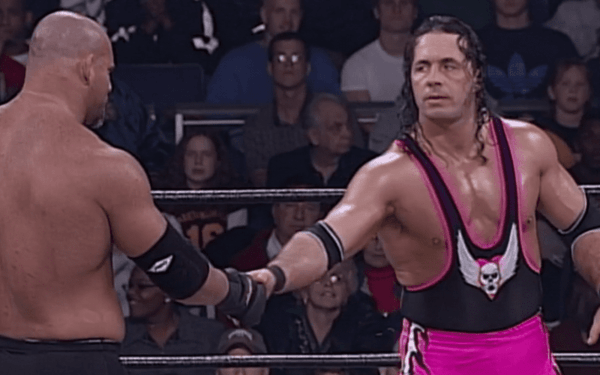The Enduring Legacy of Bret Hart in Professional Wrestling

Introduction to Bret Hart
Bret Hart, often referred to as ‘The Hitman’, has garnered a formidable reputation as one of the greatest professional wrestlers of all time. His contributions to wrestling, both in the ring and behind-the-scenes, have left an indelible mark on the sport. Understanding the significance of his career offers fans insight into the evolution of professional wrestling.
Career Achievements
Bret Hart began his career in the wrestling industry in the 1970s under the guidance of his father, Stu Hart, in Calgary’s Stampede Wrestling. He quickly made a name for himself, showcasing his exceptional technical skills and charisma. Over the decades, Hart aligned with the biggest wrestling promotions, including WWF (now WWE) and WCW, where he became a multiple-time champion.
Some of his notable achievements include winning the WWF World Heavyweight Championship five times and the WCW World Heavyweight Championship twice. Hart was also inducted into the WWE Hall of Fame in 2006, solidifying his legacy as a wrestling icon.
Key Rivalries and Matches
Throughout his career, Bret Hart engaged in numerous high-profile rivalries that captivated audiences. One particularly notable rivalry was with Shawn Michaels, culminating in the infamous ‘Montreal Screwjob’ in 1997. This controversial incident not only changed Hart’s career trajectory but also altered the landscape of professional wrestling itself, setting the stage for the reality-based storylines that followed.
Influence on Future Generations
Hart’s style of wrestling—characterised by technical prowess and storytelling—has inspired countless wrestlers. Superstars like Daniel Bryan, CM Punk, and even current talents have cited Hart as a primary influence. Beyond his in-ring performance, his dedication to professionalism and integrity has shaped the way wrestlers approach their craft and careers.
Current Involvement and Future Outlook
Even years after his retirement, Bret Hart remains actively involved in the wrestling community. He makes appearances at fan conventions, events and has authored a bestselling autobiography, ‘My Real Life in the Cartoon World of Wrestling’. Looking ahead, Hart’s influence shows no signs of waning, as new generations continue to learn from his matches and philosophies.
Conclusion
Bret Hart represents not just an era of wrestling, but the ethos of what it means to be a true athlete in the profession. His legacy is a testament to dedication, skill, and the power of storytelling in sports entertainment. For both seasoned fans and newcomers, understanding Bret Hart’s contributions reiterates the importance of respecting the history and evolution of professional wrestling.








